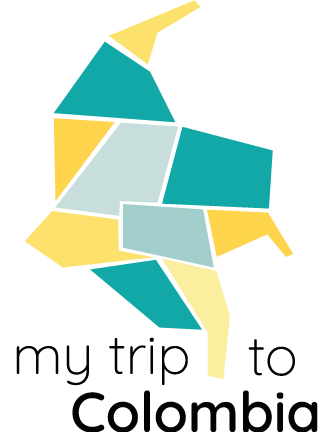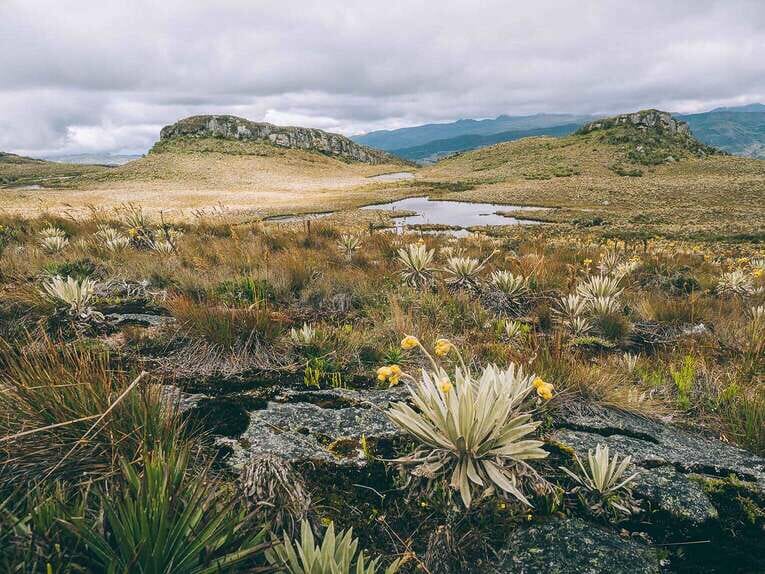Spending two months in Bogotá allowed us to finally visit places we hadn’t been before, and in particular togo hiking at the Paramo de Sumapaz! A nature outing that had been calling to us for a long time, but which we’d never had the time to experience.
On this mild August day, we headed south from Bogotá to the world’s largest Paramo! A breath of fresh air (in the literal sense) that did us a world of good, and the discovery ofa territorial context that speaks of the history of Colombia.
The Páramo de Sumapaz, or “Sunapa” in the Chibcha language, was considered Eden by the Muisca people. “Sunapa”, which could be translated as “Father’s Way”, is the sacred place where “Father Sun” impregnated “Mother Earth” to give birth to the creation of the world.
In this post, we tell you about our day with a great guide and these Paramo landscapes that we love so much!
Disclaimer: we apologize in advance for any grammatical or syntactic errors, as our native language is not English (we're a Colombian-French couple), so we hope you'll forgive us and still enjoy the information we share with you! Please note that all the information on our blog is based on our own experience, and is checked and updated regularly.
We were fed up with paying fees abroad
So for several years now, we’ve been using a free bank debit card specially designed for travelers, and we don’t pay any more fees abroad – no more!
General information Paramo de Sumapaz
- Sumapaz: Sunapa means “father’s path” in the Muisca language
- When to go: all year round
- Temperatures: cold (between 0° and 10°)
- Surface area: 315,000 ha
- Ecosystem: Paramo and Andean forest
- Climate: cold and humid
- Altitude: between 700m and 4230m
- Region: Andes
- Departments: Bogota DC, Cundinamarca, Meta, Huila

Exclusive 5% Off Discount For you
Best Travel insurance for Colombia
Our partner offers the best rates and a 5% discount for our blog readers! (regardless of travel dates)
A day at Paramo de Sumapaz
A beautiful trek around Bogota
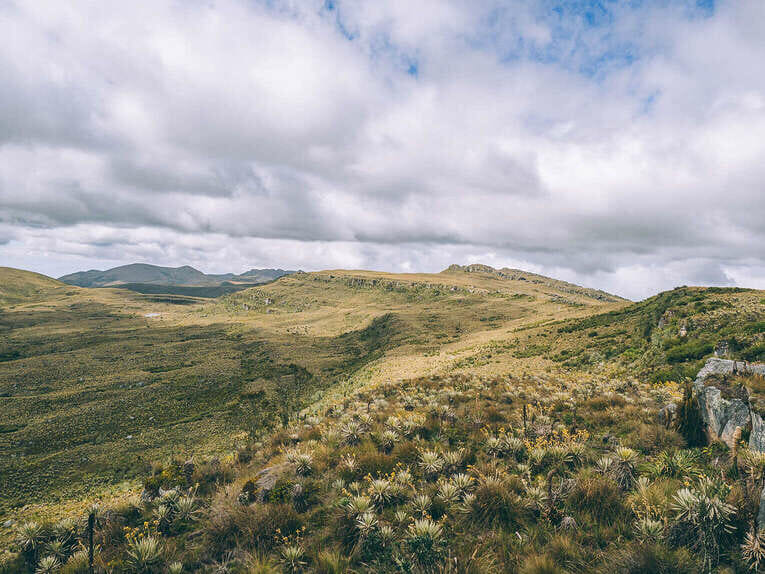
We set off from the Teusaquillo district where we were staying, heading south of Bogotá towards the town of Usme, where Guillermo, our guide for the day, was waiting for us. After a quick coffee in the main square, we continue our journey towards the Paramo de Sumapaz, but not just anywhere, firstly because the Paramo de Sumapaz is immense, secondlybecause the protected natural park is closed to the public , and thirdly because it’s important to respect the local peasants who are very attached to their land.
Los Soches
We set off with Guillermo, a guide from the peasant community of Los Soches (Usme). The story of the Los Soches peasant community began in the 1990s, when Los Soches was declared an urban expansion zone of Bogotá, allowing the urbanization of farmland. This situation created unbearable conditions for its inhabitants, who were forced to protest.
After several years of battles, the area was recognized as rural land due to its cultural and natural values, thus preventing its urbanization and allowing the peasants to remain on their land. From this point onwards, the village embarked on a process of creating an alternative model of rurality involving the community, where environmental protection and the promotion of environmental culture would take priority. Today, Los Soches is a model of balance between peasant life and ecotourism, and the community’s guides are pioneers of responsible tourism in Sumapaz
Our local partner works with guides from the Los Soches farming community, ensuring that we can practice responsible tourism in the Paramo de Sumapa, by going accompanied by a member of the community, on marked trails, and allowing tourism to make a positive contribution to the territory.
Favorite things to do
Book a hike to Paramo de Sumapaz from Bogotá
Between farming and Paramo
After a 2-hour drive, we arrive at the trailhead that will take us to the Laguna de los Patos (Duck Lake) and the Laguna de Ubchihica (which means “Full Moon Lake” in the Muisca language). We start the walk at a slow pace, as the altitude helps us to get into our rhythm. Around us, potato crops stretch as far as the eye can see. This is the main agricultural activity in the area.
Guillermo explains the importance of allowing farmers to cultivate the land, but also the complex problem of Bogotá’s urban sprawl, which is “forcing” farmers to push the limits of a rable land ever further up the Paramo.
The visible boundary between the Paramo and the potato fields is striking. A symbol of the precarious balance between peasant subsistence and ecosystem protection. Here we are outside the Sumapaz National Park, a protected area closed to tourism.
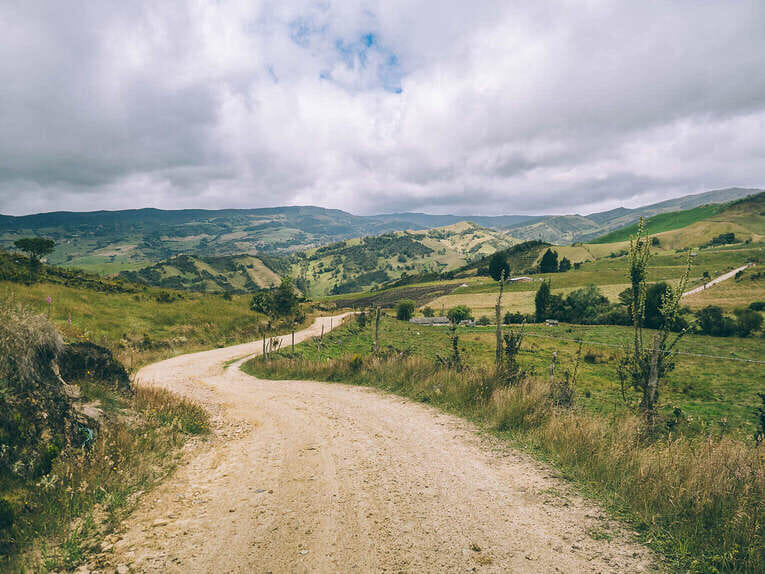
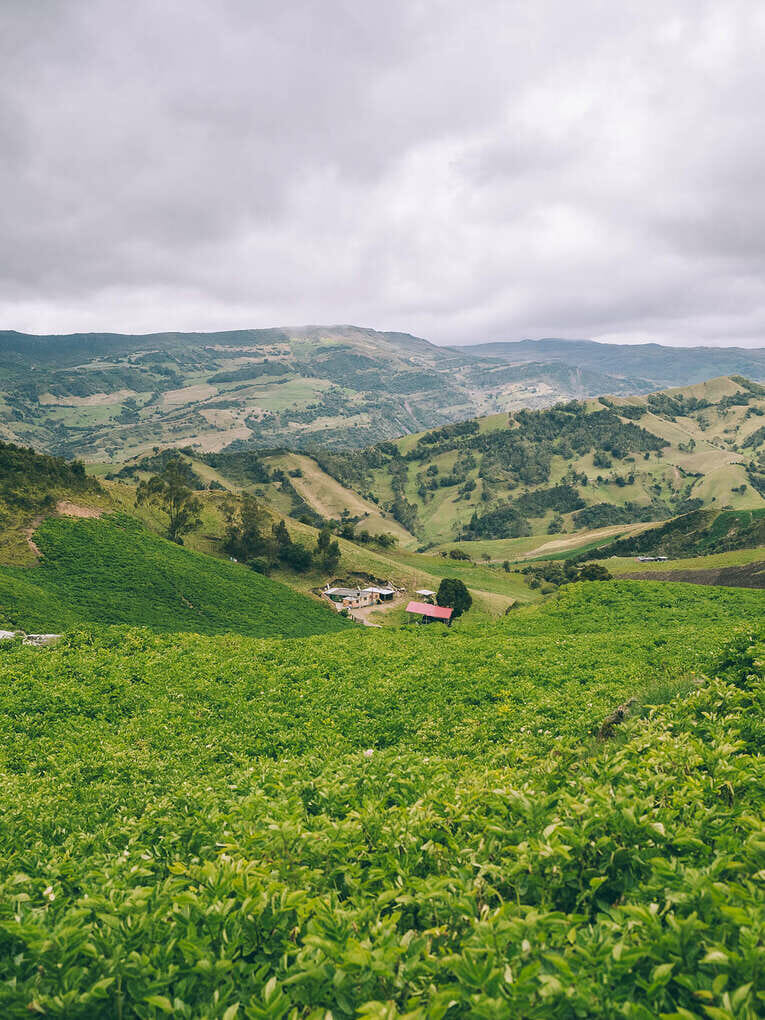
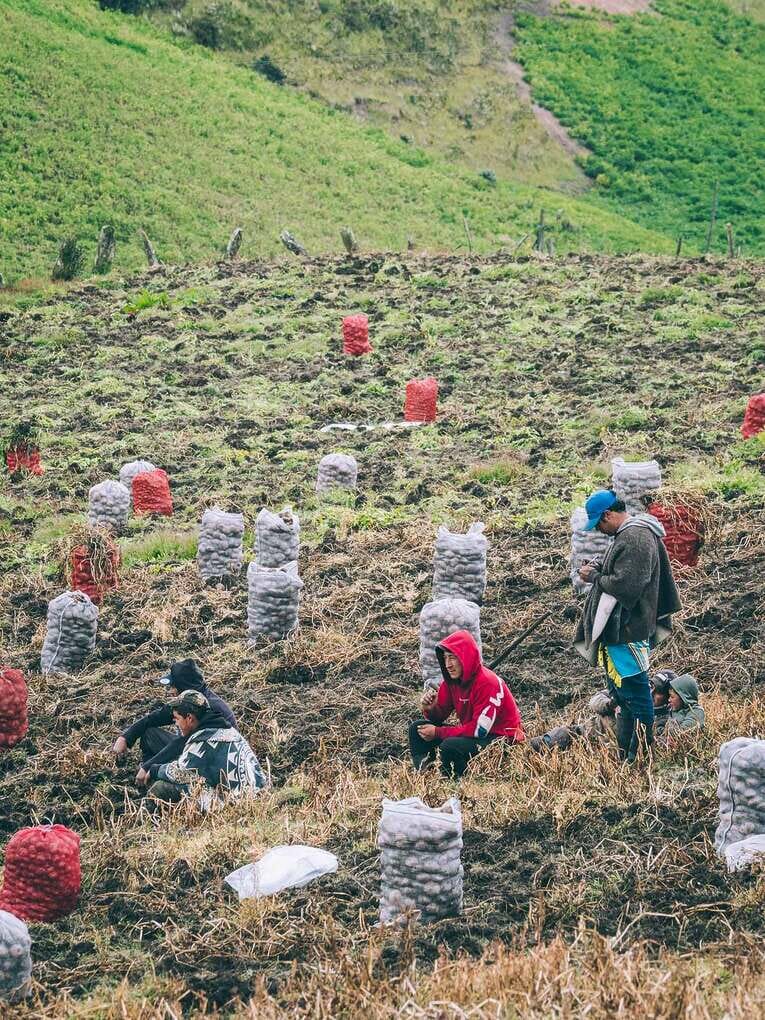
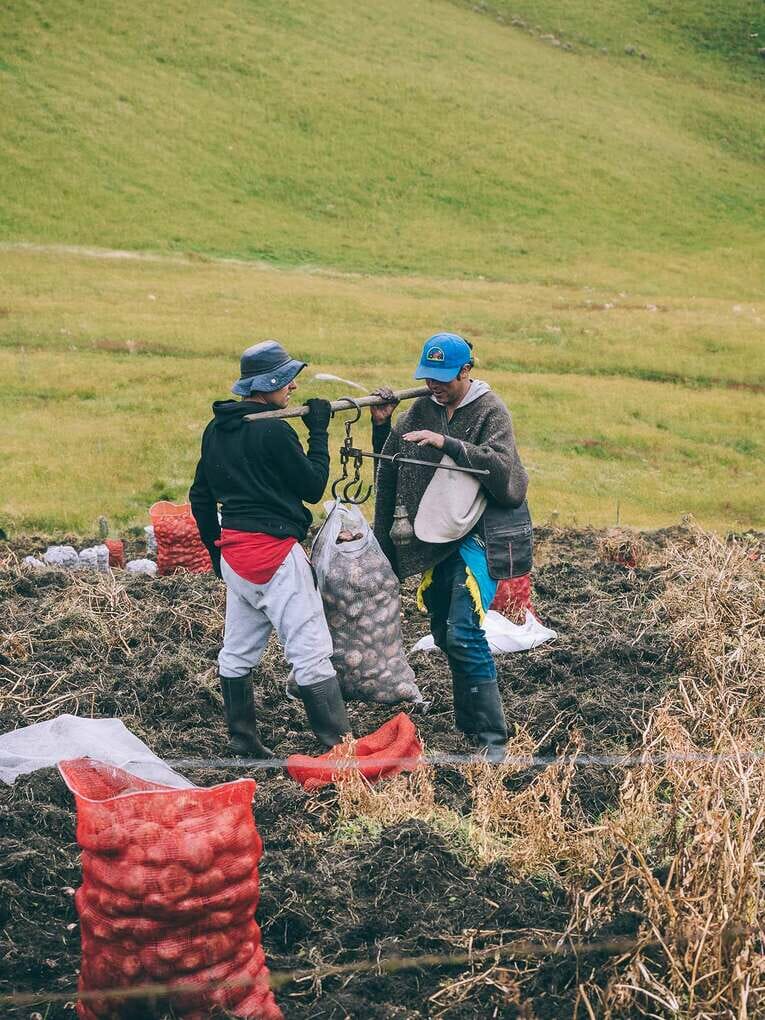
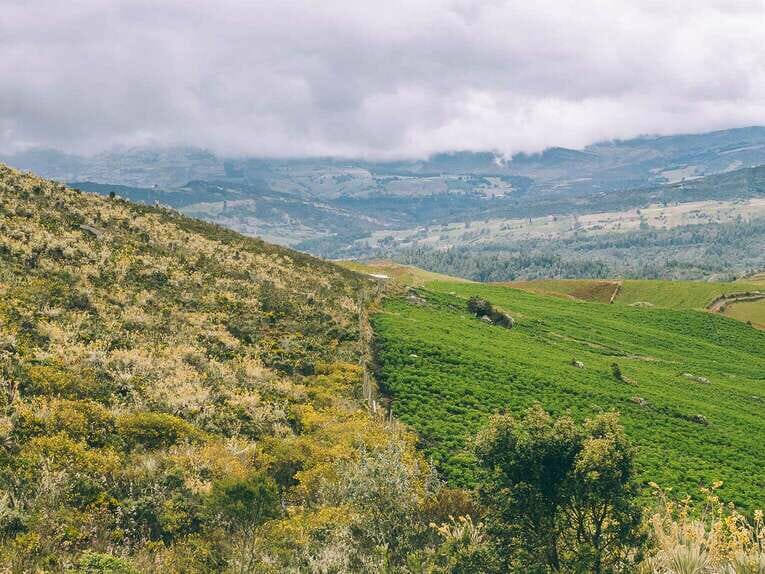
Laguna de los Patos
We continue our ascent to reach the Laguna de los Patos, where we’ll stop for a picnic. Once we reached the lake, the sky became overcast, the fog appeared, the wind picked up, the rain appeared and the temperature plummeted! By the time we climbed up to a viewpoint to take a few photos, our hands were freezing cold. It’s time to get out of the rain for a well-earned sandwich. The scenery is mystical, with the icy mist surrounding the lake. As for the ducks, they seem totally unaffected by these difficult conditions
The sun reappears and quickly warms us up. We set off again in the direction of the ridge separating the Laguna de los Patos and the Laguna de Ubchihica. At this time of year, all the frailejones are in bloom and the landscape is incredibly beautiful.
For us, the paramos are among the most beautiful landscapes to be seen in Colombia. There are few places in the world that bring us such joy and inner peace. And after spending all that time in the city, this breath of fresh air does us a world of good, and we’ll be smiling all day long.
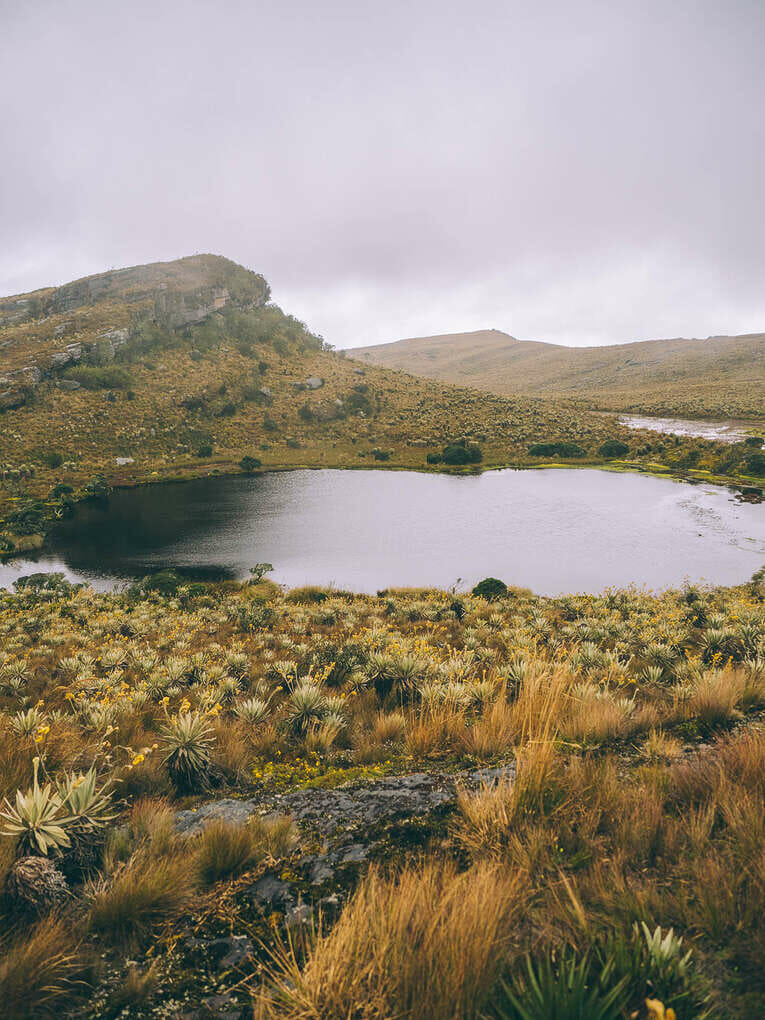
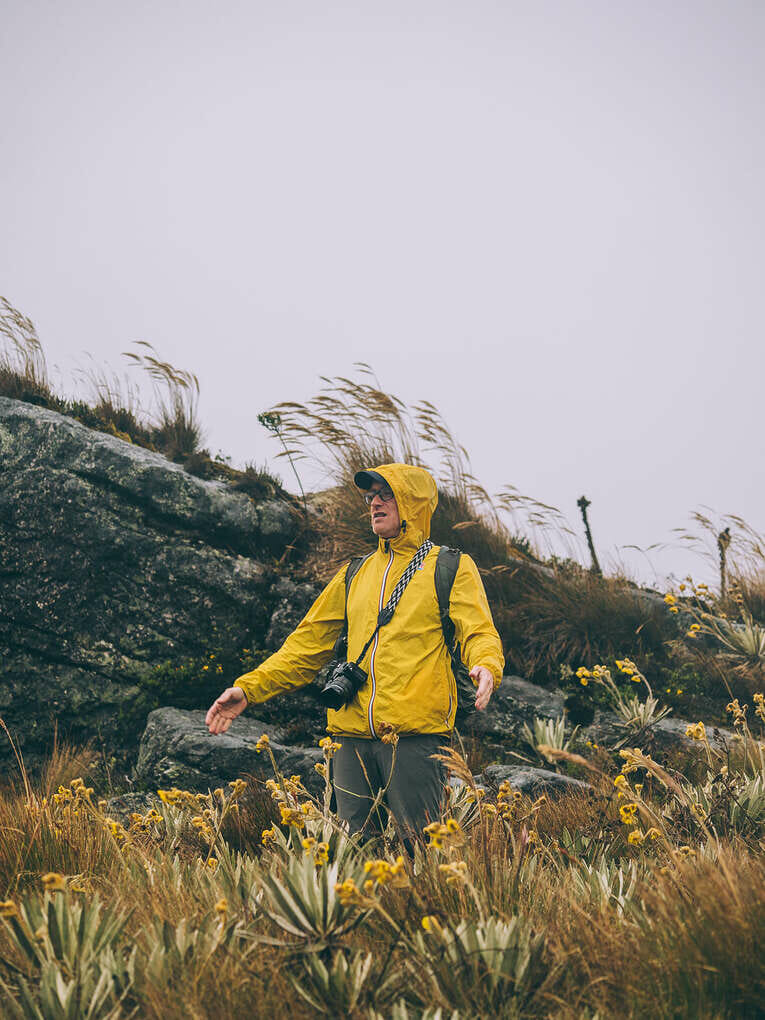
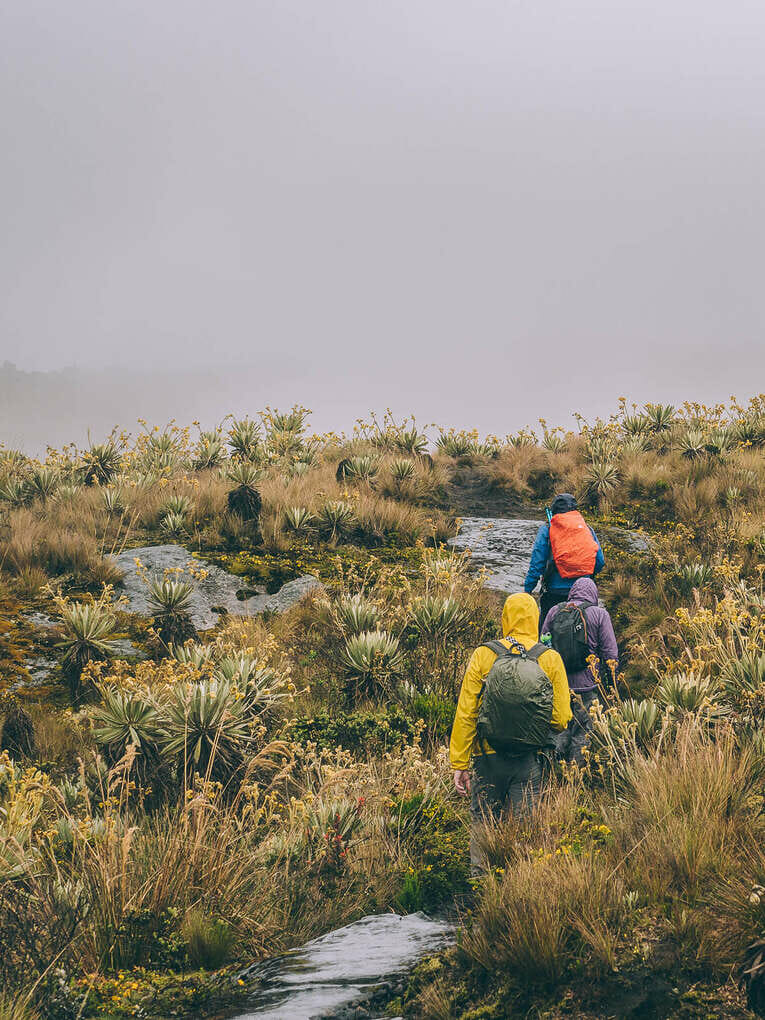
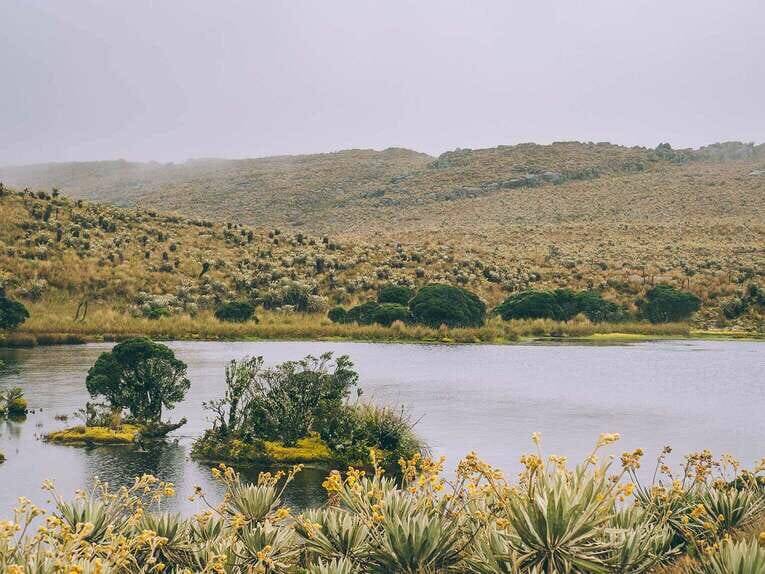
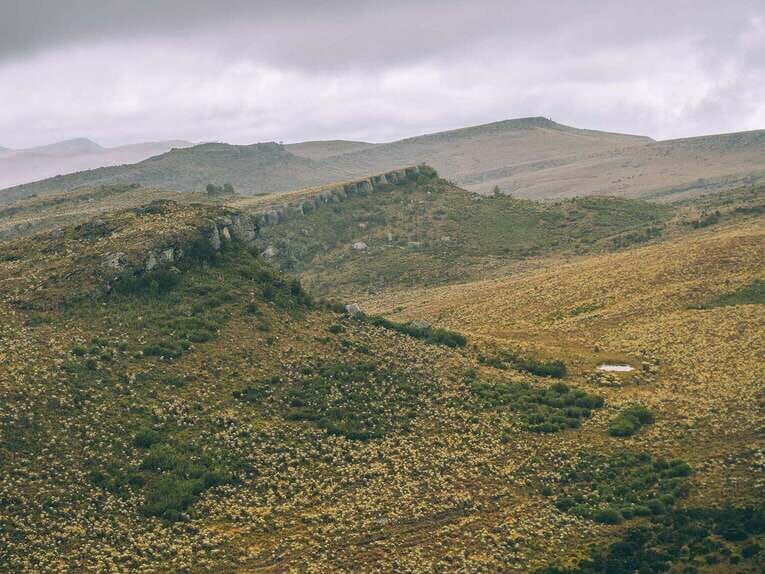
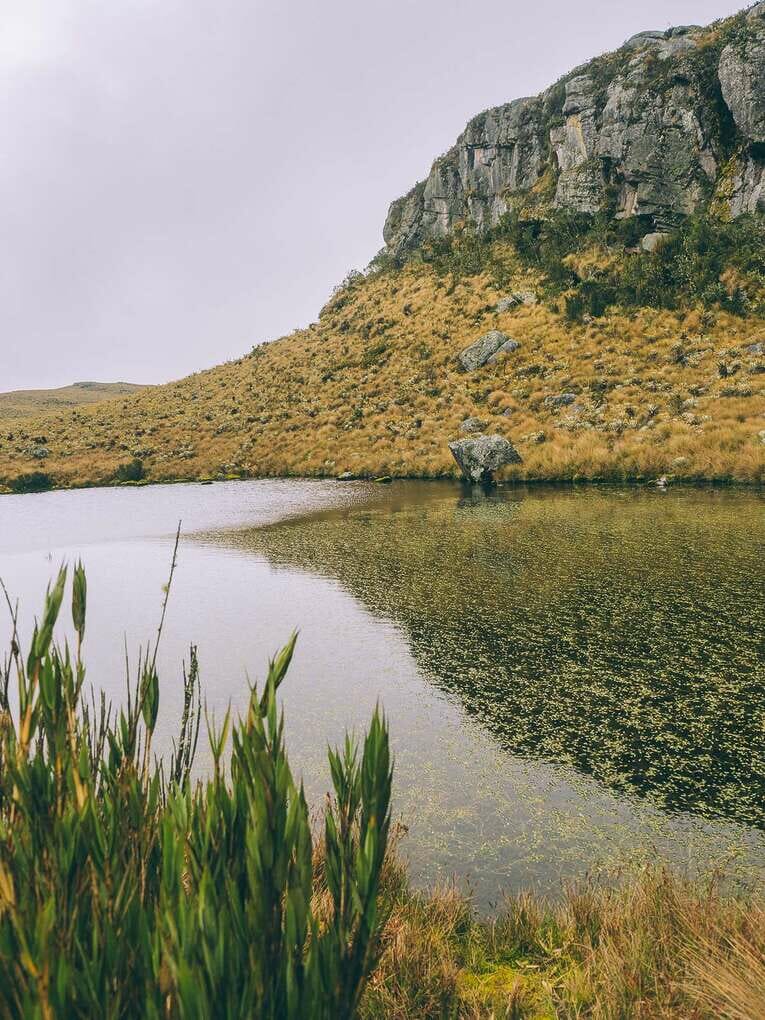
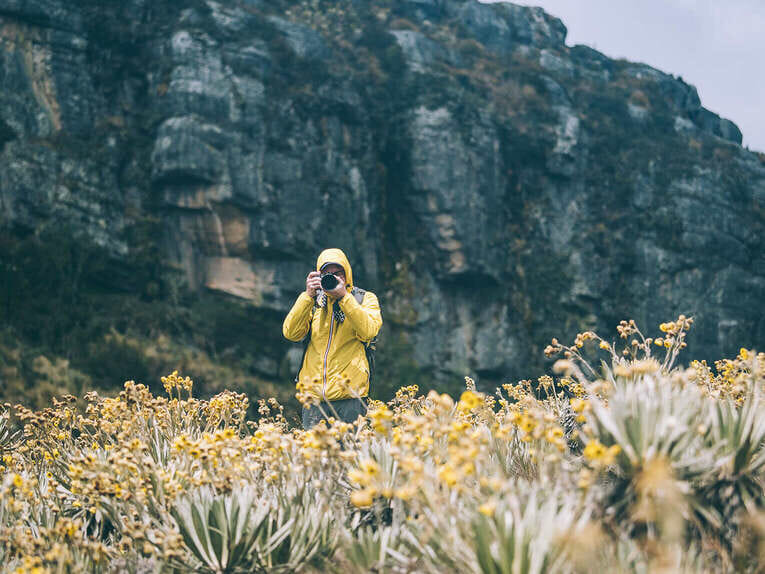
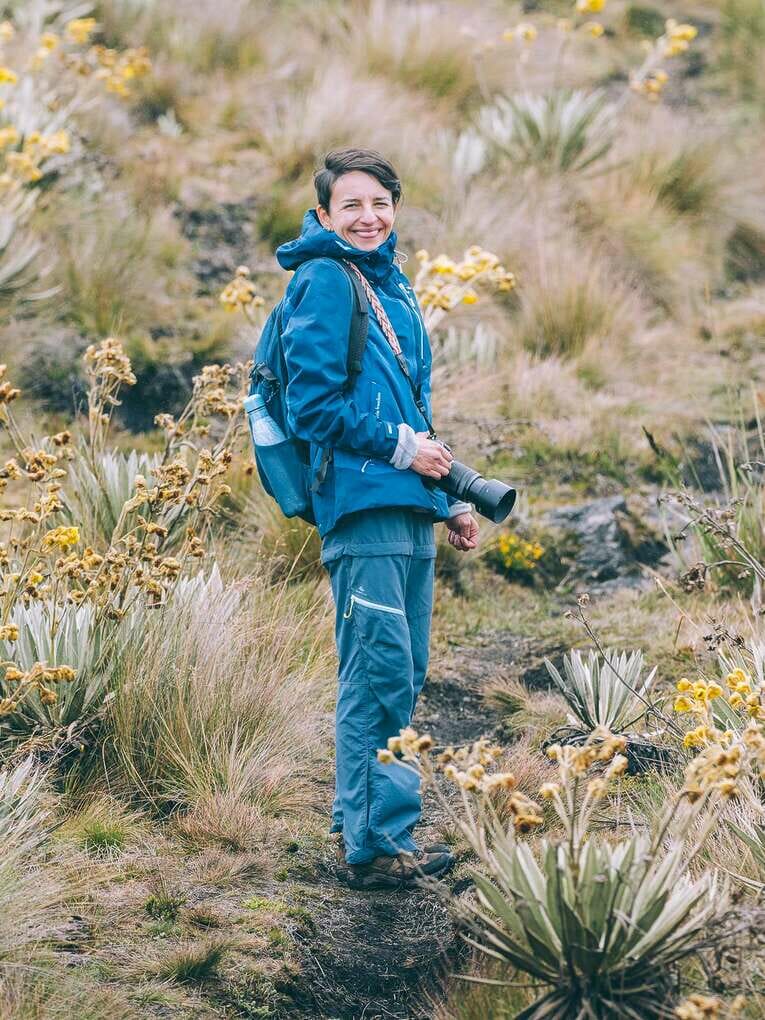
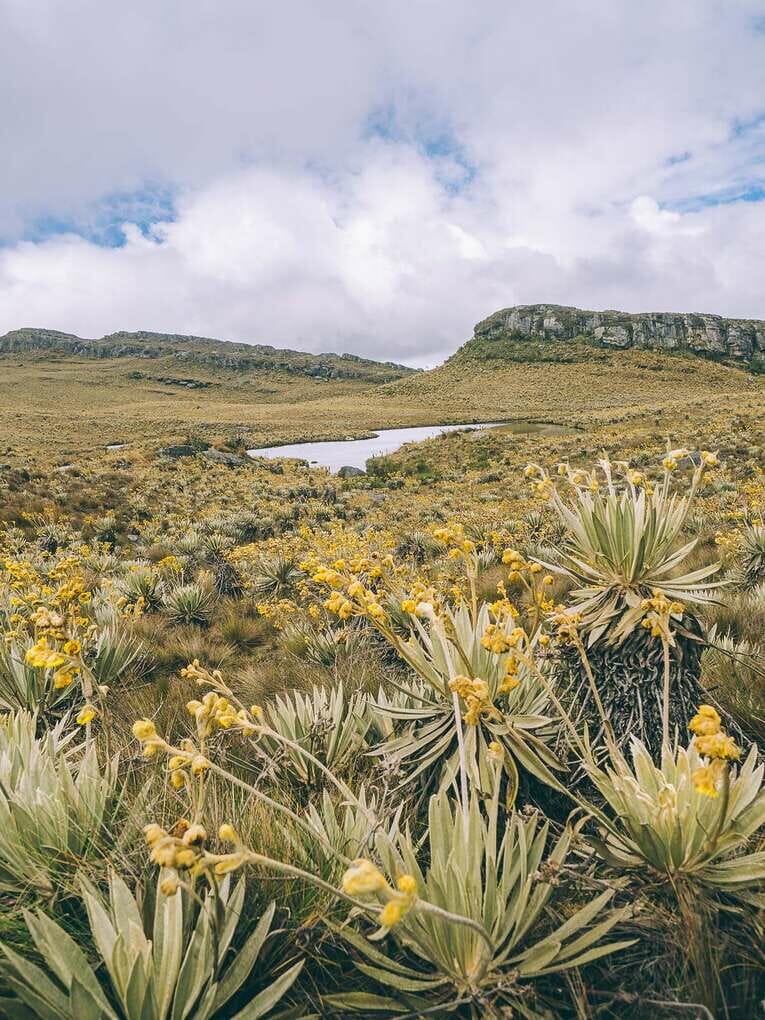
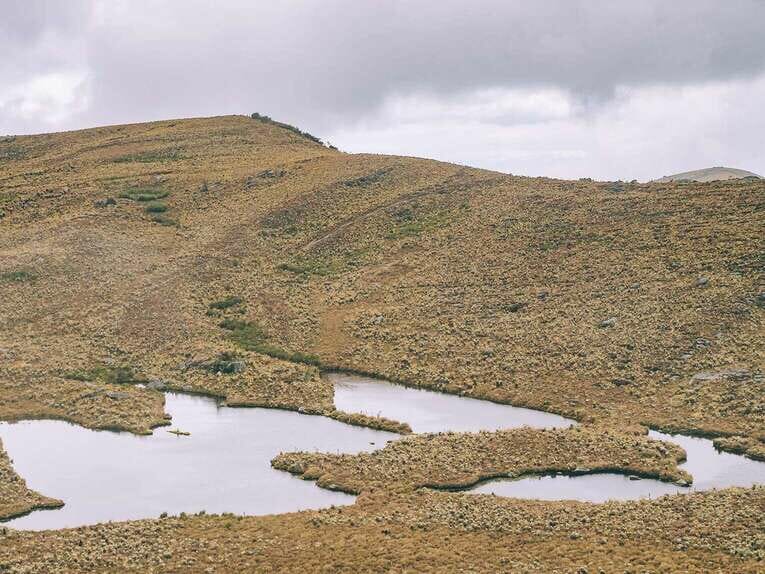
Favorite things to do
Book a hike to Paramo de Sumapaz from Bogotá
Laguna Ubchihica and frailejones forest
We walk along the ridge to a “forest” of immense frailejones, which tower far above us. As a reminder, frailejones grow on average 1cm per year… So these frailejones are maybe 200 or 250 years old… And all this time, they’ve been slowly doing their job of making water. They are truly extraordinary plants.
As the frailejones bloom, many birds appear, despite the altitude, including the sublime Paramos hummingbirds! We come across a hummingbird nest dug into the trunk of a frailejon, with two young inside – a unique moment. This hummingbird is very different from its counterparts in warmer regions. It takes on the warm colors of the Paramo, and is truly magnificent.
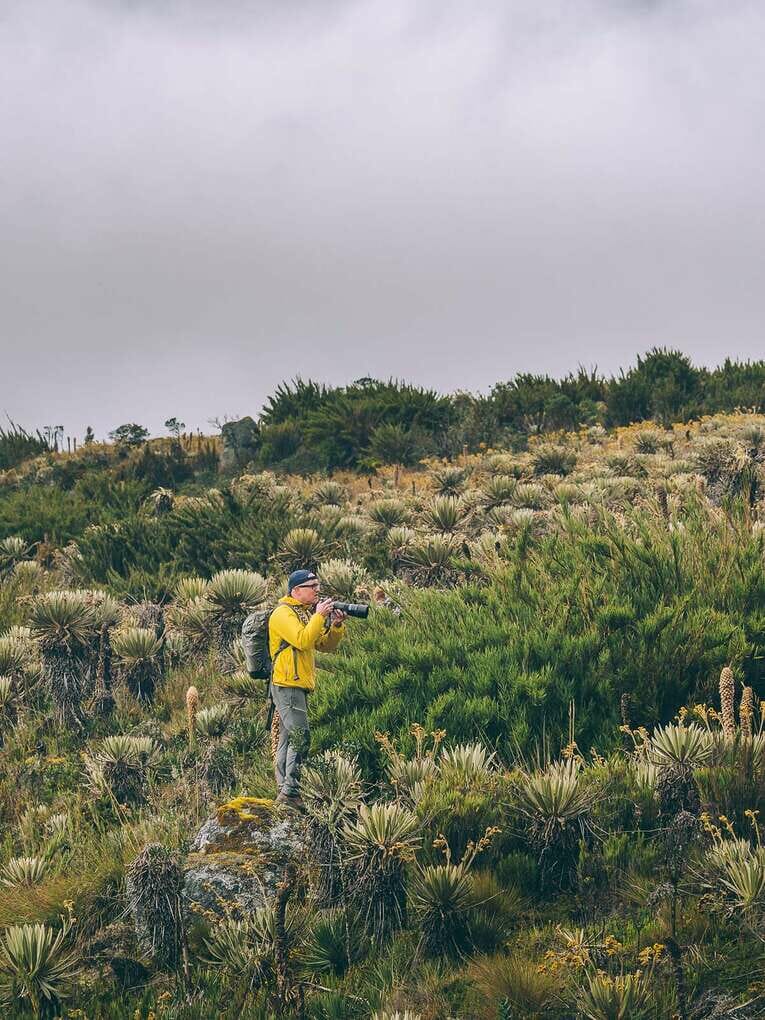
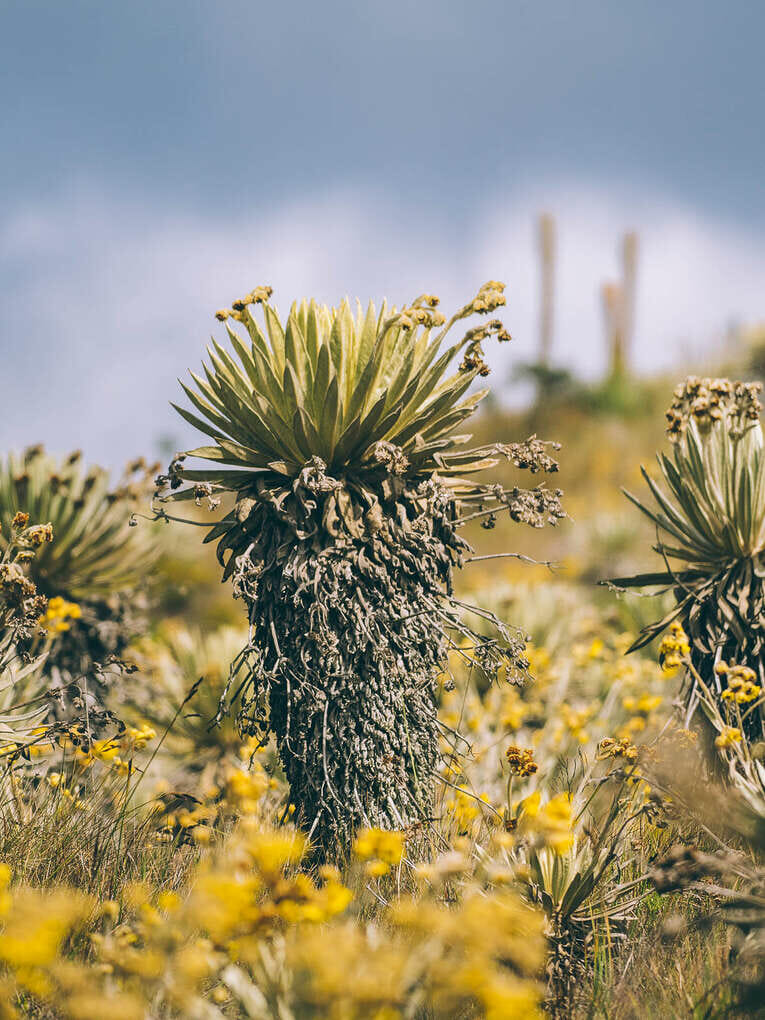
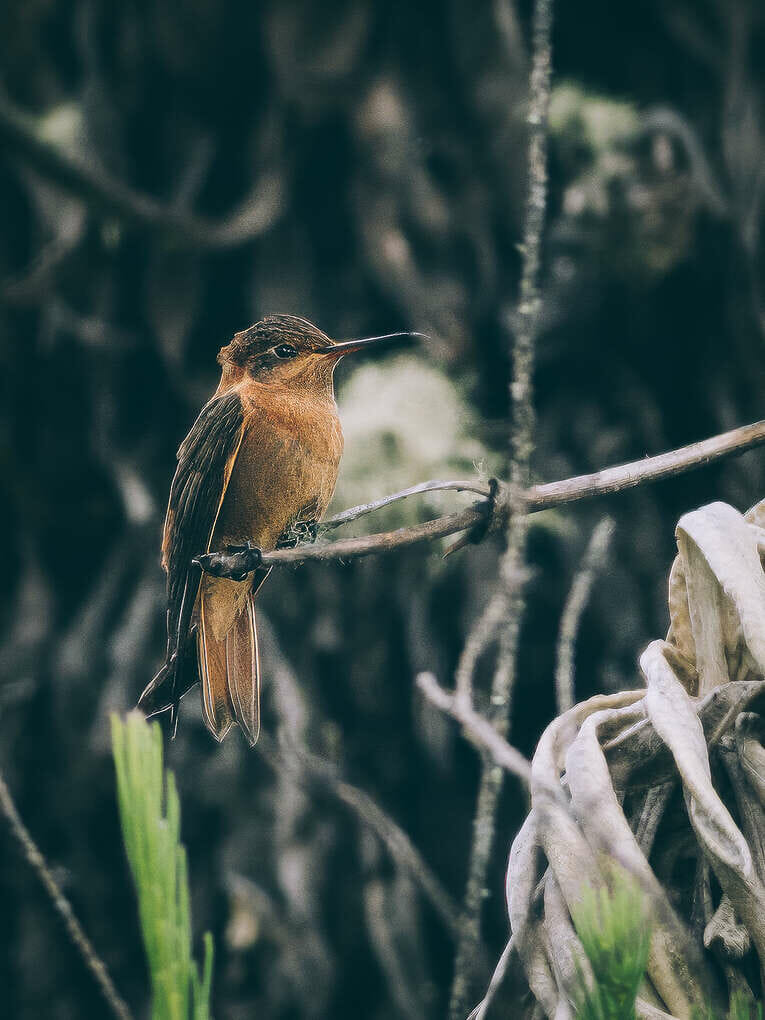
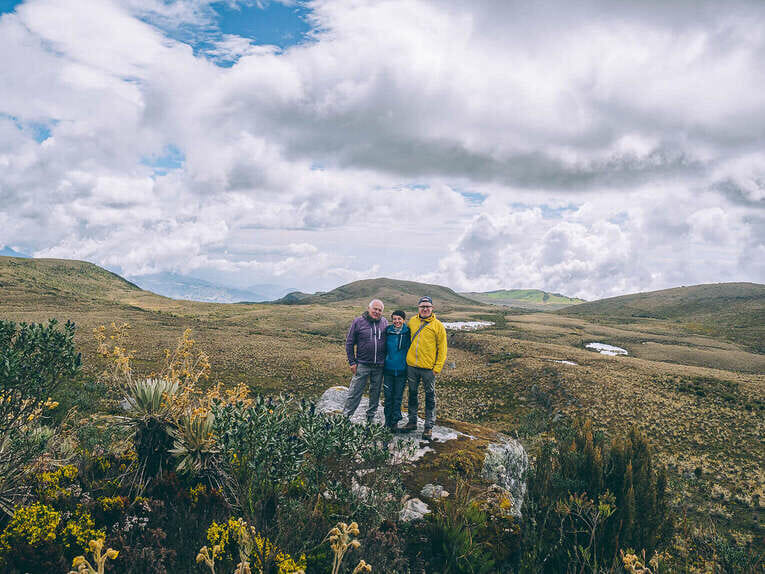
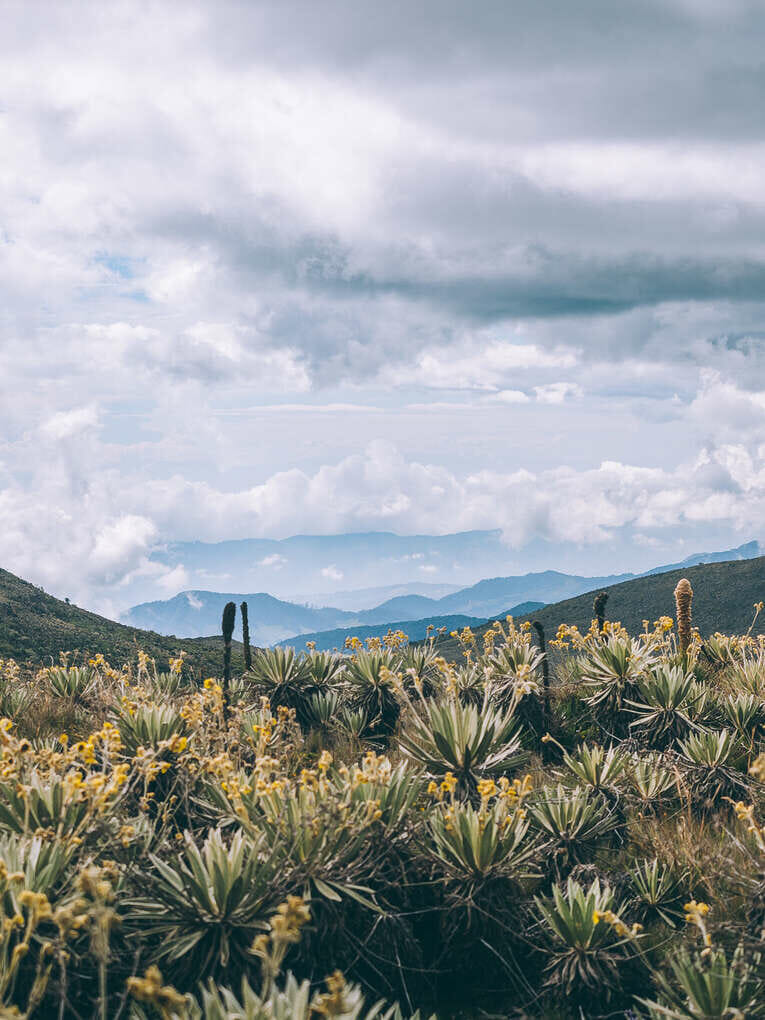
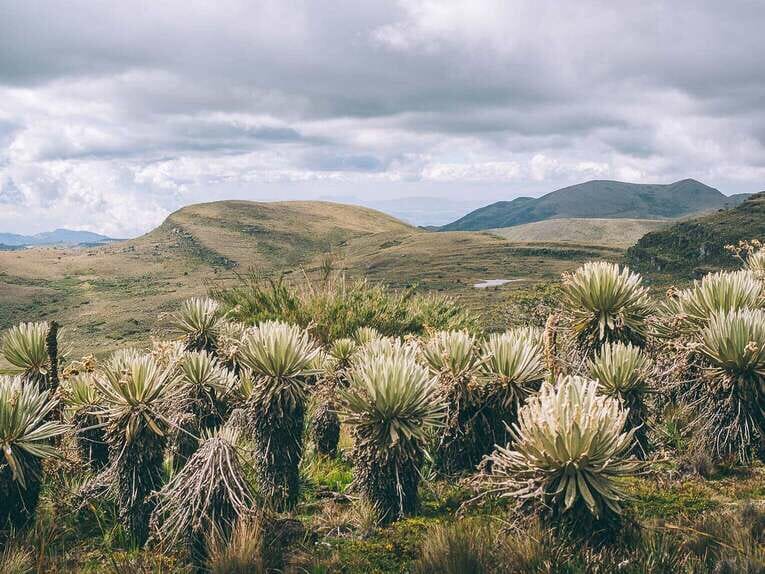
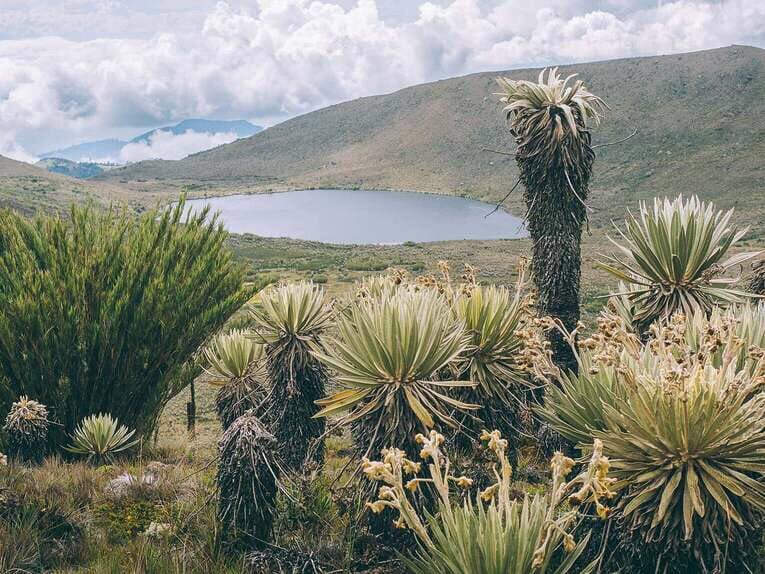
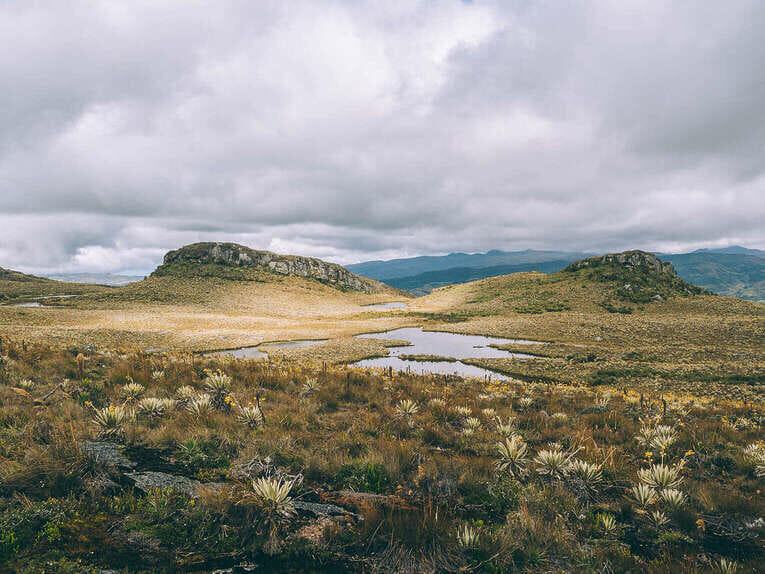
The views of this spectacular landscape follow one another, between clouds, rain and saving sunshine. Unfortunately, we won’t have time to descend to the sacred Ubchihica lake – it’s always the same with us. We spend a lot of time documenting our experiences so that we can share them with you on our travel blog, asking lots of questions, photographing, filming and so on. As a result, it always takes us 2x as long as everyone else to discover a place!
Before we set off on the return journey, it’s time to make a small offering to the nature that has allowed us to experience this very special day.
Guillermo, who knows the Muisca culture well, speaks a little of the language and shares his knowledge with us, suggests we pause for a moment in front of the landscape and take stock of ourselves. Thank life for what it brings, for the people who love us, for these exceptional landscapes…
Then it’s time to return. Our steps become more aware of how lucky we are to be walking in the midst of these yellows, ochres and greens, this landscape unique in the world. Daylight descends. The sun turns golden. As we descend, the meadows and cultivated fields become enchanted. In the distance, the Monserrate church in Bogotá comes into view (yes, it does!). Then the road. Then the city, traffic jams and a return to reality.
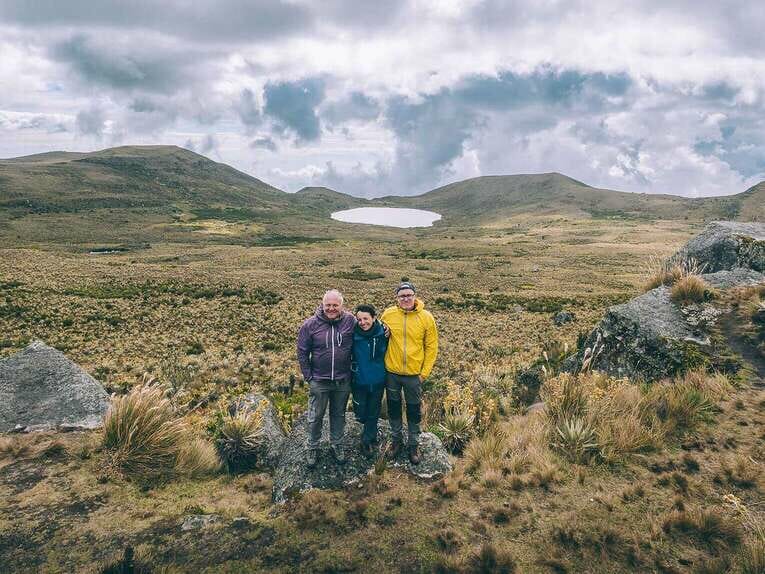
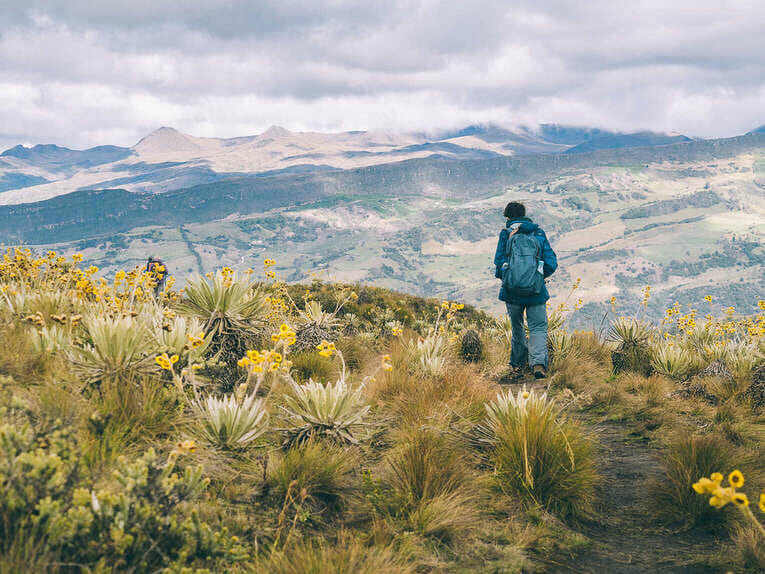
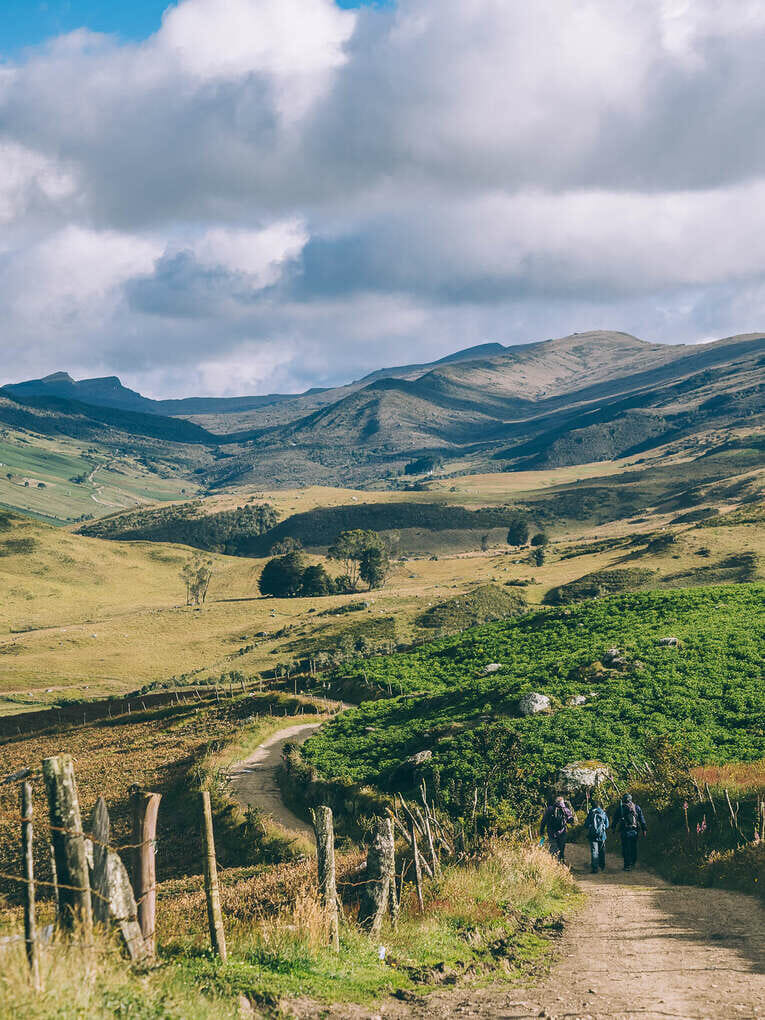
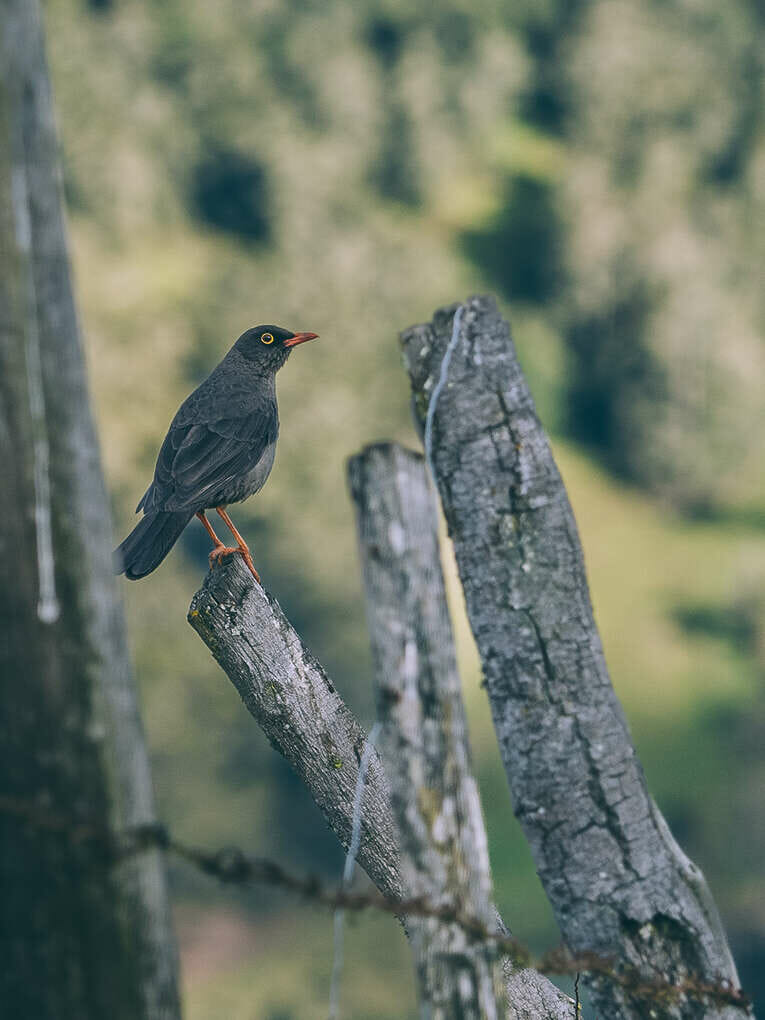
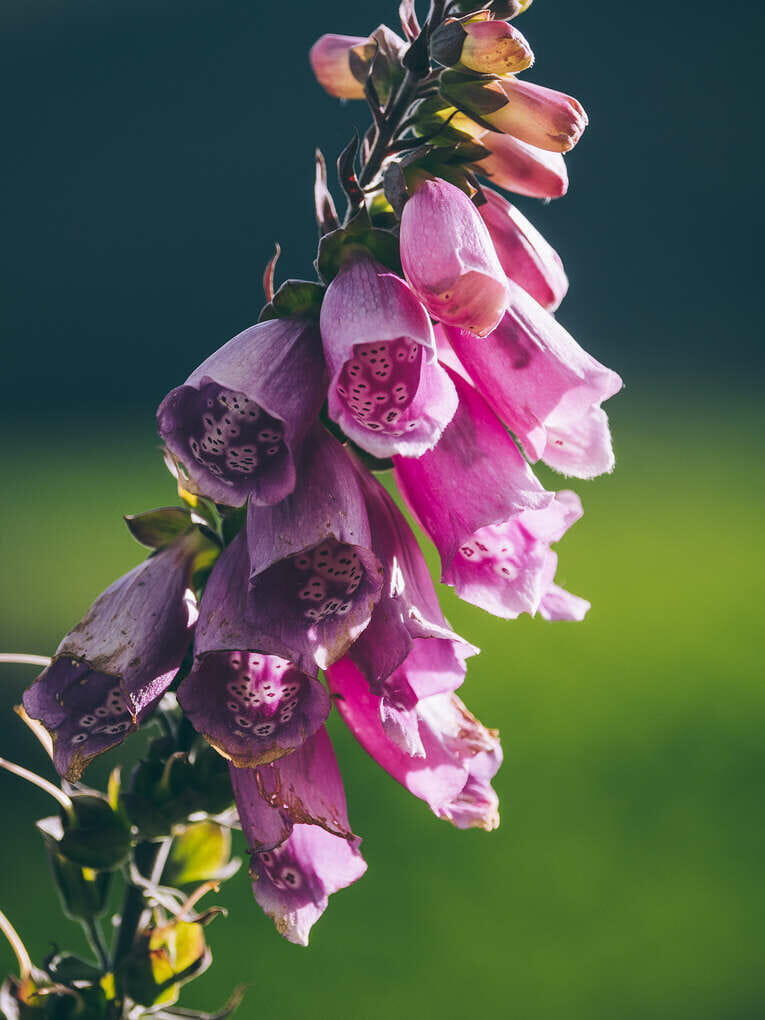
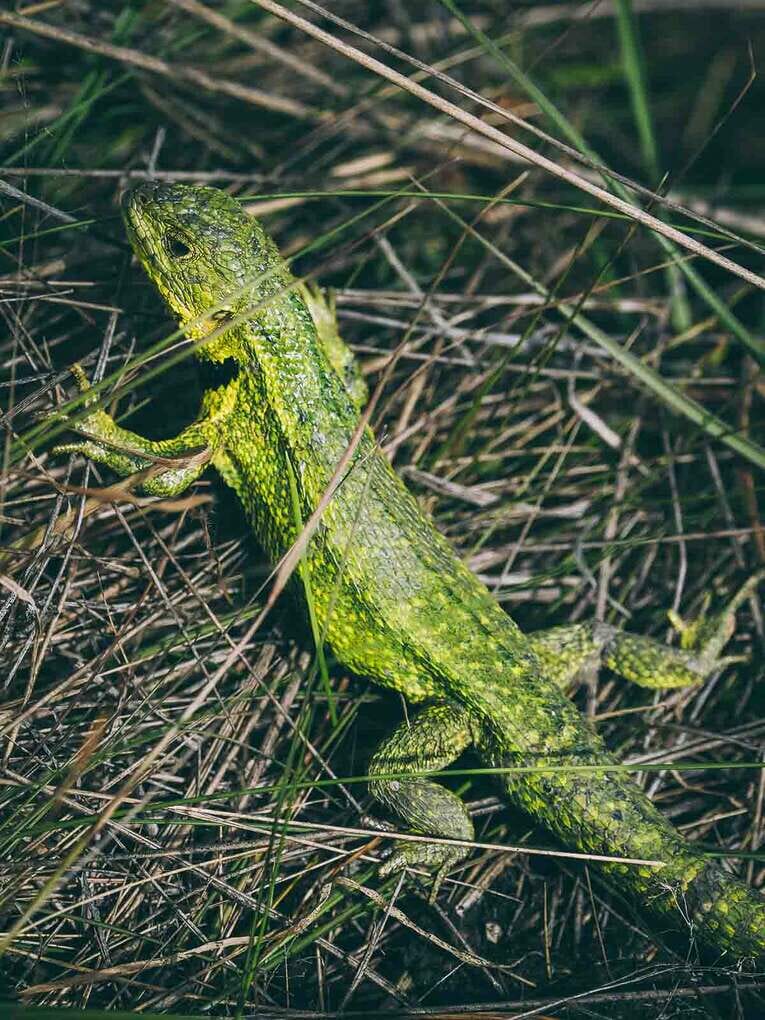
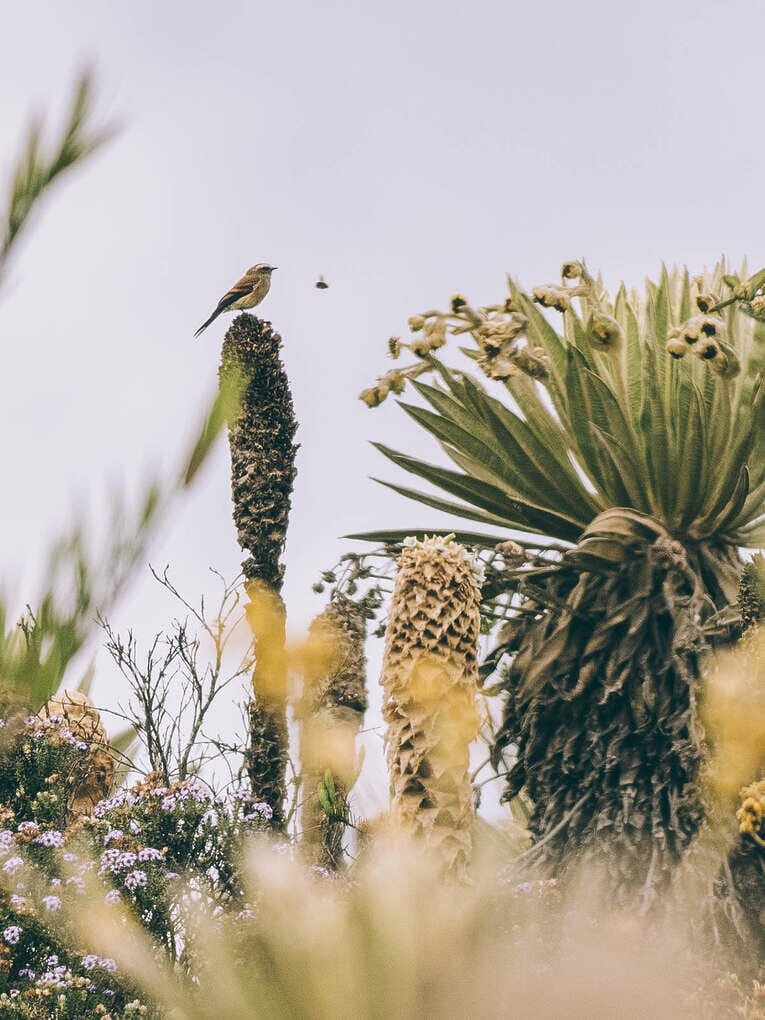
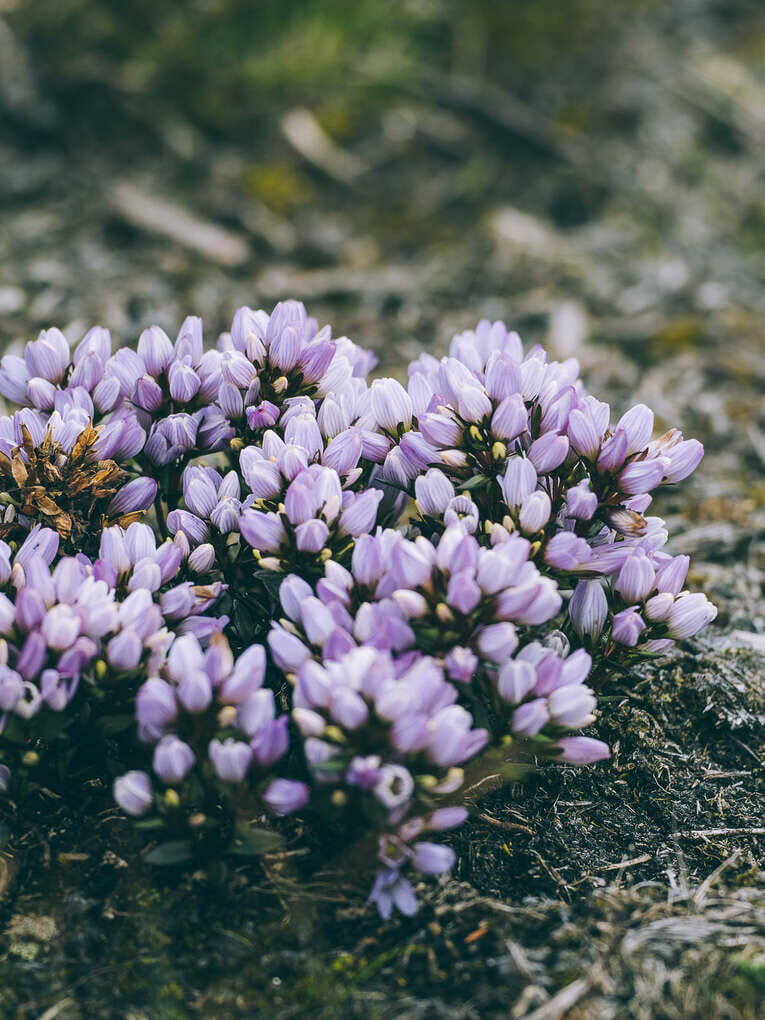
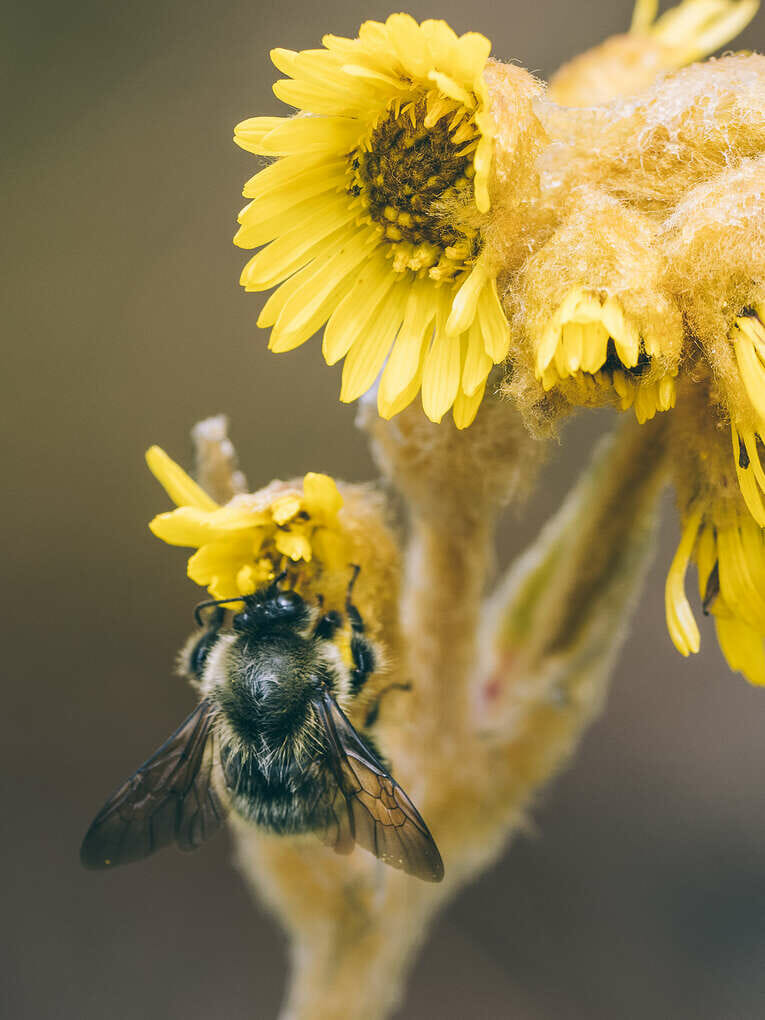
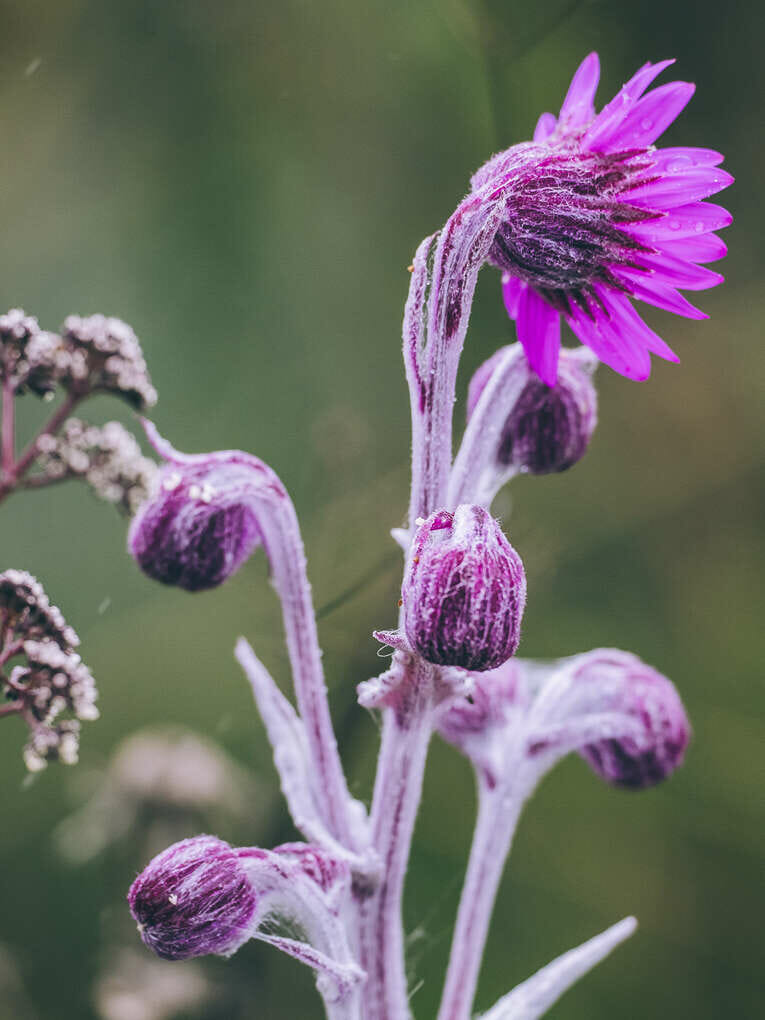
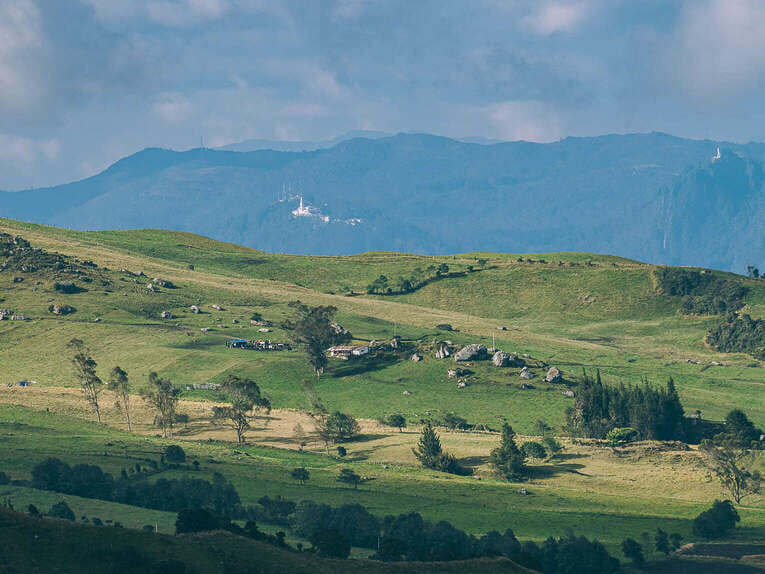
Good to know
The world’s largest paramo
The Paramo de Sumpaz is the world’s largest paramo. With 315,000 hectares, it extends over three different departments: Cundinamarca, Meta and Huila. More than 40% of its surface is protected by Colombia’s national parks and off-limits to tourism.
The Sumapaz protected area is characterized by a high biodiversity of unique species of flora and fauna, found in the páramo and Andean forest ecosystems, including the majestic frailejón, a characteristic species of the páramo ecosystem and a major water producer.
The Paramo de Sumapaz is home to around 900 plant species, including some 25 types of endemic flora. There is a wealth of wildlife, including nasua, tapir, deer and rodents, big cats (margay, pumas, ocelots, jaguanrundi…), peccaries, anteaters, bears, porcupines, armadillos, opossums, foxes… not to mention birds, with over 125 species recorded.
Favorite things to do
Book a hike to Paramo de Sumapaz from Bogotá
Myth of El Dorado
Paramo de Sumapaz
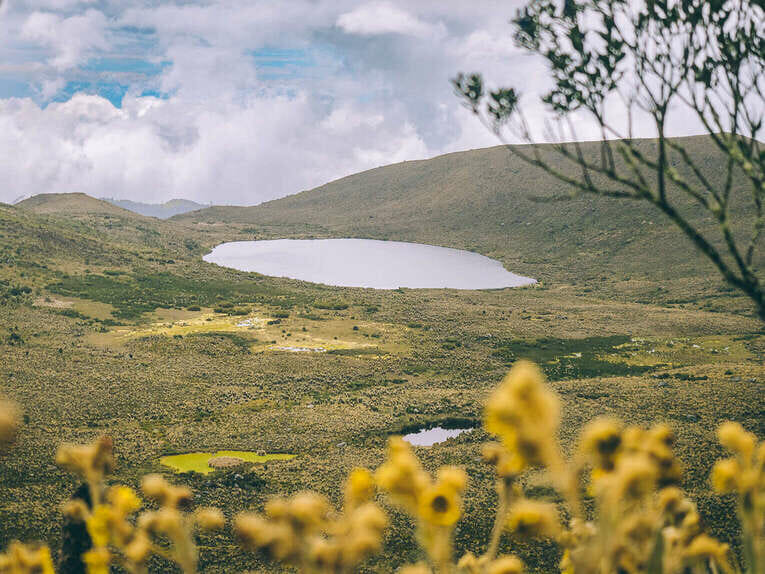
The story goes that it was at Páramo de Sumapaz that the famous “raft of the Muiscas” was found, representing the myth of El Dorado , and can be seen in Bogotá’s Gold Museum.
In Muisca tradition, mountain lakes were sacred places, and the region around Bogotá is home to a series of sacred lakes where ritual ceremonies were performed (Laguna Ubchihica in Sumapaz, Laguna de Guatavita, Laguna de Siecha in Chingaza, Laguna de Iguaque in Villa de Leyva, etc.).
It would even seem that Sumapaz may have been a meeting place for different Amerindian cultures from Colombia and elsewhere. A place where the Zipas or Caciques (spiritual leaders) practiced ceremonies, rituals and offerings, notably of gold objects.
In the 16th century, shortly after the arrival of the first settlers, an expedition was organized across the Paramo de Sumapaz in search of the mythical treasure of El Dorado. During the crossing, many members of the expedition, including the natives used as slaves, froze to death. The place was named by the Spaniards “Land of Mist”.
Based on the myth of El Dorado, the madness of the European settlers descended on Colombia. Plundering of riches, lakes drained dry in an attempt to find treasure, massacres of indigenous populations, imposition of the Catholic religion, introduction of slavery and so on. The famous “civilization” package from Europe.
As soon as the colonizers arrived, the Páramo de Sumapaz, by virtue of its strategic geographical location, became a place where Colombian problems, and in particular the question of land, were concentrated: land concentration, peasant struggles, guerrilla warfare…
Favorite things to do
Book a hike to Paramo de Sumapaz from Bogotá
Peasant struggles
Paramo de Sumapaz
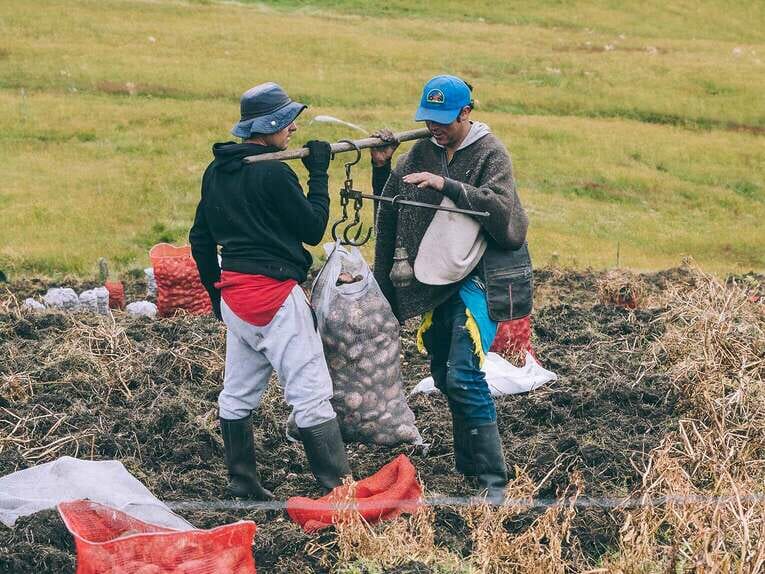
The Sumapaz region has always been a stronghold of the fiercest peasant struggles. And how could you not want to fight when just a few large families were dividing up the whole country, owning the equivalent of entire departments, several hundred thousand hectares of land.
At the beginning of the 20th century, the first armed peasant struggles took place in Paramo de Sumapaz in reaction to the concentration of land by the richest families, leaving crumbs for those who actually worked it.
Armed conflict
It was only natural that the FARC guerrilla movement, which had its roots in the peasant struggle for a better distribution of land in Colombia, should occupy this territory from the 1970s onwards.
The guerrillas saw this inaccessible territory as an ideal base from which to establish themselves. For several decades, they imposed their law and terror, taking advantage of the strategic location to maintain pressure on the capital Bogotá and control the route to the Amazon, ideal for transporting drug trafficking products and isolating their prisoners.
Since the peace accords in 2016, the situation has been pacified in a large part of the Paramo de Sumapaz, but the peasant struggle has not ceased against a backdrop of the difficult balance between environmental protection and the peasants’ right to dispose of the land.
Today,tourism is developing in this region, raising new questions, between the virtuous and necessary contribution to the survival of the peasantry, the problems of preserving ecosystems and the stakes of power.
Colombia is still a sort of Wild West, where anything goes, the best and the worst. And tourism is no stranger to this.
Conflict with national parks
More than 1,000 farming families live within the protected area managed by the national parks. And from the moment the protected area was proclaimed in 1977, conflict with the farmers increased tenfold .
“Allotments of fallow land, land sales, hunting, fishing and any industrial, livestock or agricultural activity, other than tourism or those deemed appropriate by the national government for the conservation or beautification of the area, shall be prohibited“, stipulates the 1959 law on natural parks.
The parks law tells farmers that they can no longer plant potatoes or raise livestock. Dialogue between the community and the national parks remained tense and almost frozen between 2000 and 2012. And these tensions continue on issues such as private property and the question of abuse linked to tourism inside the park (normally forbidden).
Peasant Reserve Zones
ZRCs (Zona de reserva campesina) or Peasant Reserve Zones are a form of land-use planning designed to promote the peasant economy, prevent the concentration of land, and regulate its occupation and the use of its resources.
In 2023, part of the Paramo de Sumapaz was classified as a Landscape Reserve Zone. This is the result of the struggle of peasant organizations whose territorial rights are now recognized for their right to a dignified life, their right to use the land and their contribution to peace-building.
Sumapaz remains a place of conflict, of struggle, of strategic and political stakes, where peasants try to survive by growing potatoes, and in the midst of it all, there is this unique and bewitching landscape, the Páramo, surely one of the most beautiful landscapes that can be on this earth.
Favorite things to do
Book a hike to Paramo de Sumapaz from Bogotá
Responsible tourism in Sumapaz
Hiking at Paramo de Sumapaz
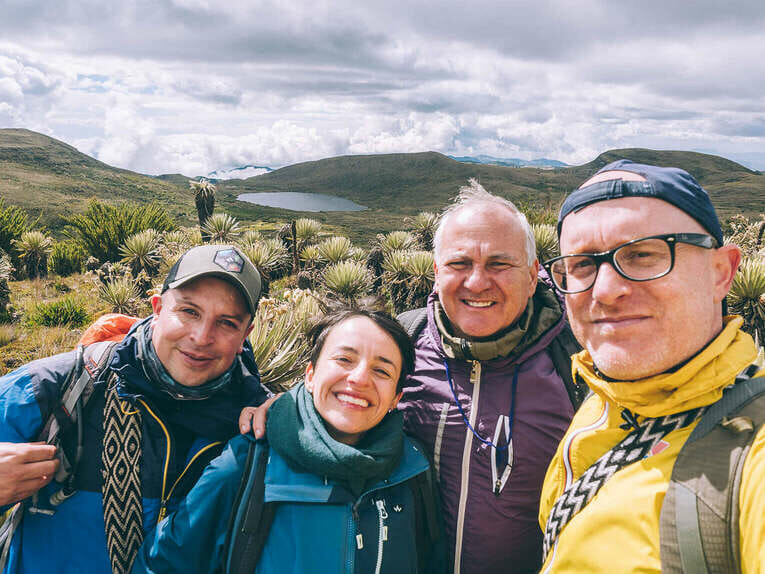
Today, tourism in the Paramo de Sumapaz is a social and environmental issue. We regularly hear stories of conflicts andabuses linked to informal tourism within the protected area, as denounced by the peasants.
It should be noted that the only place authorized for tourism within the natural park is the Chisacá lagoon at the park’s official entrance. But on such a vast territory, it’s easy to imagine the difficulty of controlling human activity, whether agricultural or tourist.
It is important for us to invite you to respect the rules and practice responsible tourism in Paramo de Sumapaz, to encourage tourism that strikes the right balance between peasant permanence, tourism and environmental protection.
The rules for visiting the Paramo de Sumapaz:
- Go with an agency that uses official guides from the peasant community.
- Travel with an agency that respects the protected air and only conducts tourism in buffer zones, on trails marked and authorized by the farming communities.
- Refuse the services of informal guides
- Refuse the services of agencies that offer trekking on unregulated trails
When national parks prohibit tourist activity to preserve ecosystems, you must respect this and refuse the services of agencies or guides who go beyond these restrictions and propose hikes inside the protected area.
When local peasant populations organize themselves as a community to welcome tourists, you must support them and go with them.
When other people, guides or agencies, are motivated only by their own personal interests, bypassing community decisions and territorial or environmental restrictions, we must not support them.
Book a hik to Sumapaz
Hiking the paramo de Sumapaz
Responsible tourism
It is important for us to invite you to respect the rules and practice responsible tourism in Paramo de Sumapaz, to encourage tourism that strikes the right balance between peasant permanence, tourism and environmental protection.
Hiking the paramo de Sumapaz
Our local partner offers fixed-date group outings departing from Bogotá:
- Fixed-date group out ings: $154.000 COP per person
- Fixed-date departures (approx. 1 weekend per week)
- Groups of up to 16 people
- Transportation from Bogota
- Local guide from Los Soches community
Private guide from Bogota
Our local partner offers private outings departing from Bogota:
- Private rates: vary according to the number of people. For example, for 2 people, it’s $350.000 COP per person
- Departures on any date
- Transport from Bogota
- Local guide from Los Soches community
Preparing for Sumapaz
In a paramo, there’s a 90% chance of rain. And when rain does make an appearance, it’s most often accompanied by fog and plummeting temperatures.
So be prepared:
- Waterproof hiking boots
- Waterproof jacket
- Quick-drying pants (avoid jeans)
- Three layers of clothing (avoid cotton)
- Sun protection
- 1L water bottle
How to get to Paramo de Sumapaz
As you can see, the Paramo de Sumapaz is a special territory where it’s important to go with a local guide.
You can get in touch with our partner who offers outings with guides from the Los Soches community, including transport from Bogotá.
If you have your own transport, you can also get in touch with the peasant guide associations of Paramo de Sumapaz.
